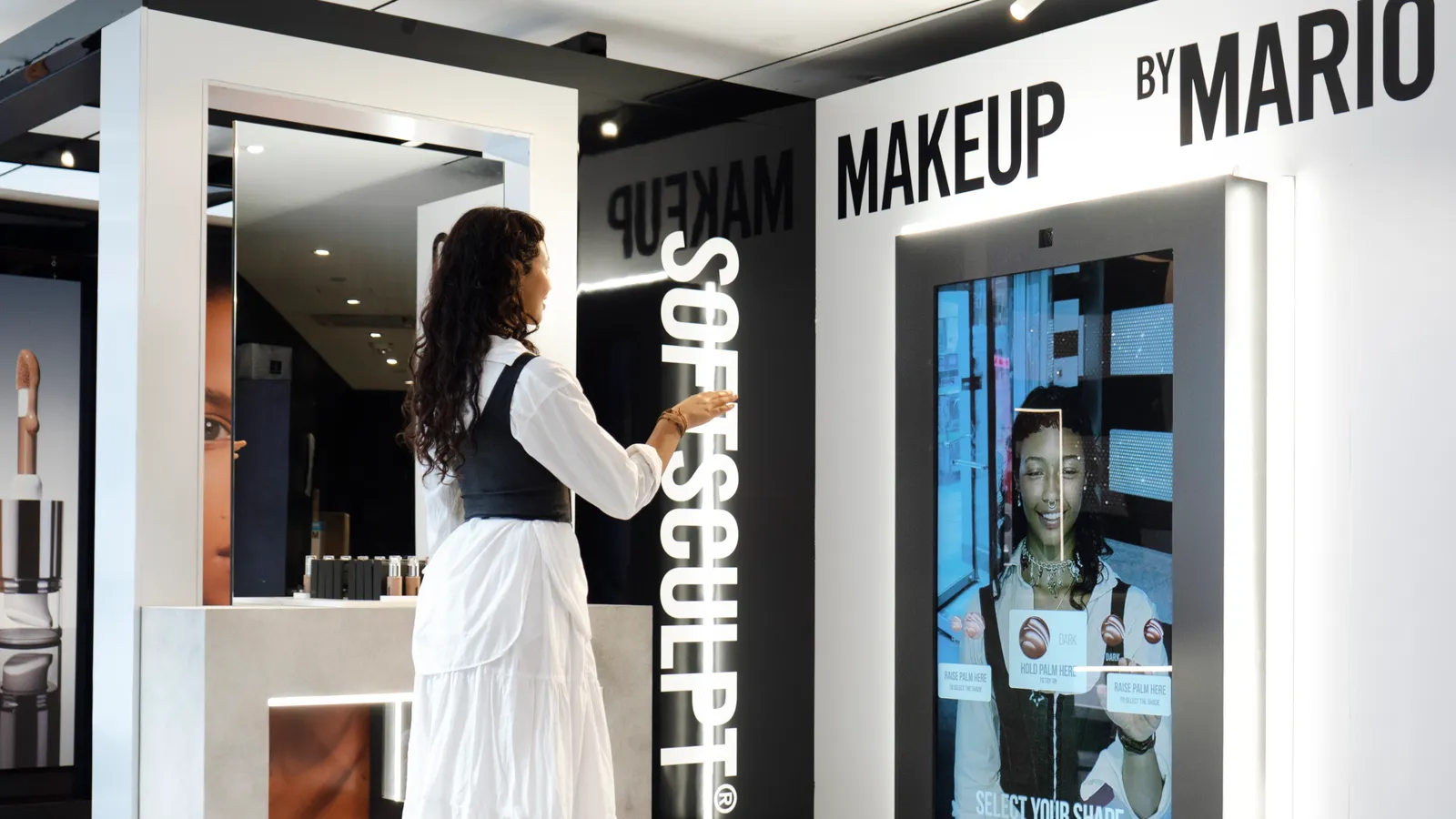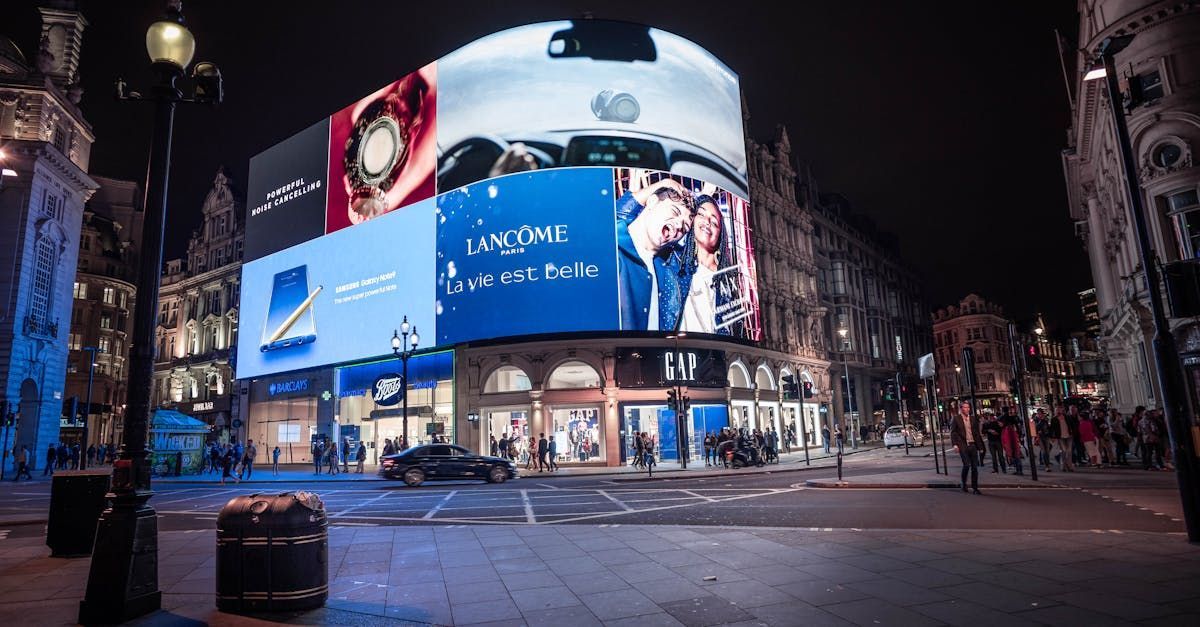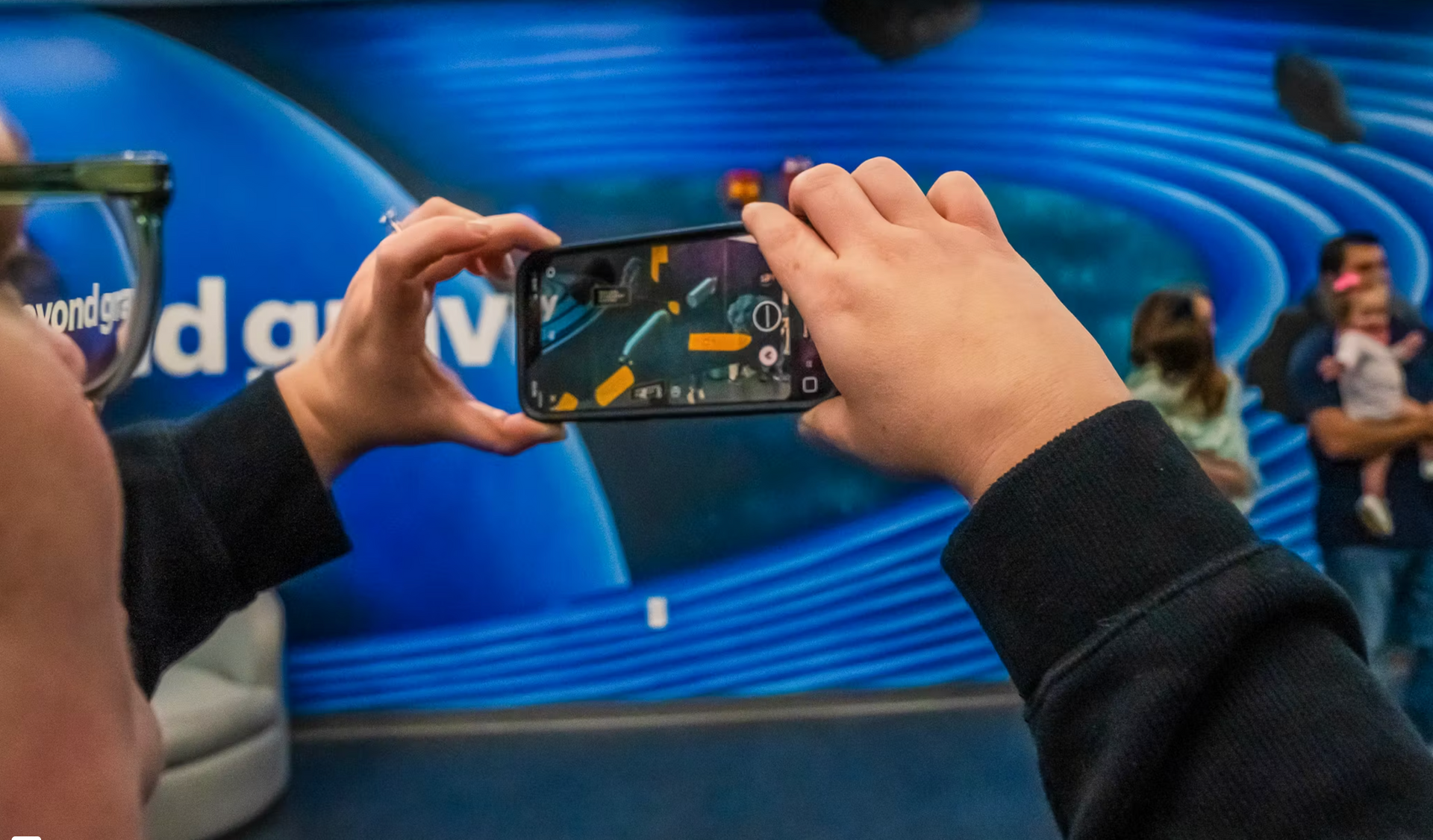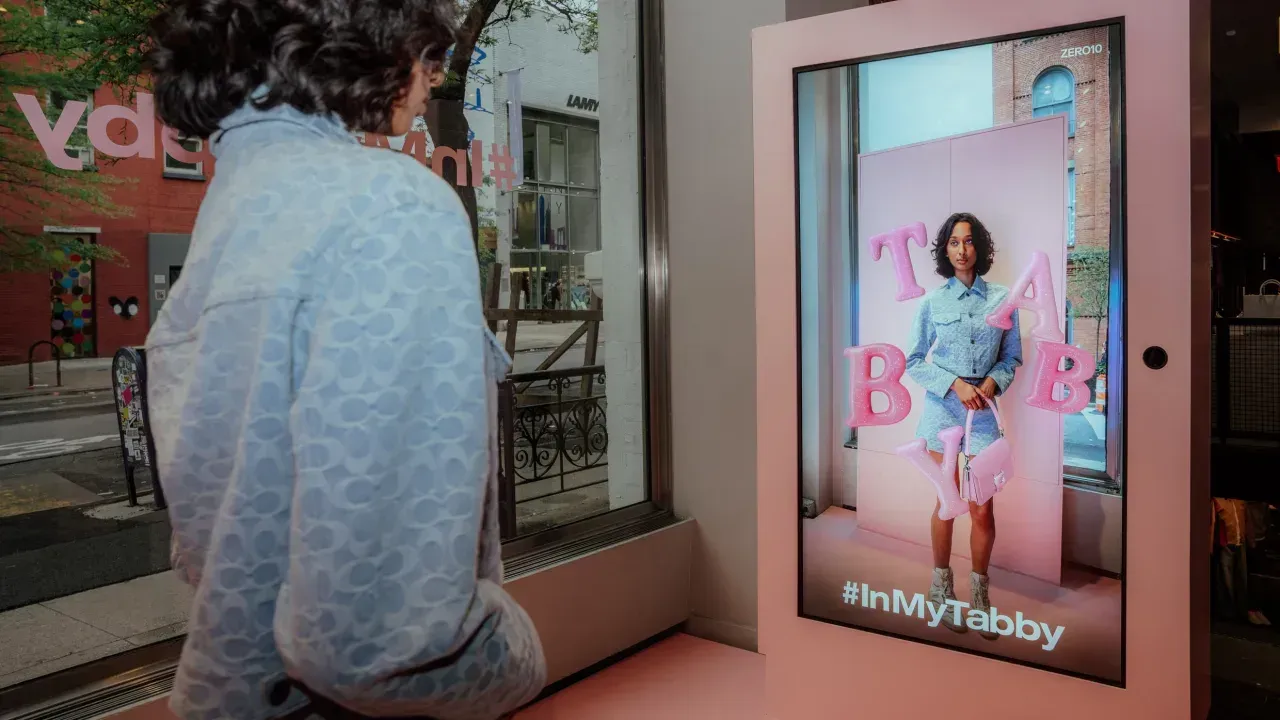Augmented Reality in Sports: Revolutionizing Fan Engagement, Training, and Beyond
Augmented reality (AR) technology has rapidly evolved from a futuristic concept into a game-changer across numerous industries. One domain where AR has made particularly significant headway is sports. With its ability to overlay digital information onto real-world scenes, augmented reality transforms how athletes train, how fans enjoy sports, and how sponsors deliver captivating brand experiences. The possibilities are endless, from immersive broadcasts and interactive merchandise to stunning augmented reality murals. This article will explore how augmented reality technology is revolutionizing the sports industry, including its applications, benefits, challenges, and the innovative concept of AR murals that bring walls and stadiums to life.
1. Understanding Augmented Reality in the Sports Context
Augmented reality (AR) is a technology that superimposes digital elements—like graphics, text, or audio—onto a user’s real-world environment, typically through a device such as a smartphone, tablet, or specialized AR headset. Unlike virtual reality (VR), which immerses users in a fully simulated environment, AR complements the real world by enhancing what one sees and interacts with.
In the world of sports, this enhancement can take many forms. Imagine pointing your smartphone’s camera at a basketball court and instantly seeing player stats appear above athletes’ heads, or wearing smart glasses at a stadium and viewing real-time replays from multiple angles as the action unfolds. These applications are far from mere fantasy; they are currently being implemented in various ways to engage fans, improve athlete performance, and support sponsors’ marketing strategies.
Key reasons behind AR’s popularity in sports include:
- Enhanced Fan Engagement: Providing immersive experiences that bridge the gap between fans and the athletes they admire.
- Real-Time Data Overlays: Displaying live stats, performance metrics, and in-depth analytics at the point of need.
- Interactive Marketing: Allowing sponsors to create captivating campaigns that combine the excitement of live sports with digital interaction.
- Training and Skill Development: Offering athletes real-time visual feedback and analytics to refine techniques and strategies.
2. Evolution of AR Technology in Sports
Initially, AR technology in sports was limited to simple broadcast enhancements, such as the virtual first-down markers you see in American football or the projected scoreboard overlays in televised baseball. Over time, more sophisticated applications emerged, including interactive replays that let viewers see a 360-degree analysis of key plays.
As smartphones and tablets became more powerful, fans gained the ability to access AR experiences on their personal devices. This opened the doors for sports leagues and sponsors to create interactive apps that deepen fan engagement. For example, an app might allow fans to scan a team logo and watch a highlight reel or take a selfie with a life-size 3D rendering of their favorite player.
In recent years, developments in wearable AR devices, such as smart glasses, have also made waves in the sports arena. While still not as commonplace as smartphones, these AR glasses can revolutionize on-field analytics and stadium experiences. Coaches can see real-time player performance metrics, while fans can enjoy immersive replays and behind-the-scenes content right from their seats.
3. Transforming Fan Engagement Through AR
3.1 Immersive Stadium Experiences
One of the most exciting uses of augmented reality in sports lies in elevating the live stadium experience. Gone are the days when fans were limited to a single vantage point or a scoreboard feed. With AR-enabled apps, attendees can view instant replays from multiple angles, track athlete stats in real time, and even unlock interactive content by pointing their phones at the scoreboard or sponsor signage.
Beyond the action on the field, AR can also be applied to concession stands and stadium facilities. Fans can explore virtual menus, customize their orders, and place them directly through an app. Meanwhile, wayfinding features overlay digital arrows onto real-time footage, guiding users to the nearest restroom or merchandise shop. This holistic integration of AR not only heightens excitement but also streamlines logistical aspects for visitors.
3.2 Augmented Reality at Home
Even fans watching from home can benefit from augmented reality. Many sports broadcasters now incorporate AR graphics to illustrate strategic plays and situational breakdowns. For instance, viewers can project an interactive version of the playing field onto a flat surface using a smartphone or tablet. They can move around the digital field, zoom in on key moments, and replay certain plays to understand better how a particular score or turnover happened.
This advanced storytelling goes beyond traditional broadcasting. By visualizing player movements, on-field strategies, and real-time statistics, fans can engage with the game on a deeper level. It also empowers them to become armchair analysts, increasing overall engagement and enjoyment of the sport.
3.3 Interactive Merchandise and Collectibles
For many sports fans, owning team merchandise and collectibles is a rite of passage. AR adds a modern twist to these fan rituals. Teams and leagues partner with tech companies to create interactive jerseys, trading cards, and other memorabilia. For example, by scanning a QR code on a trading card, fans can bring a star player’s highlight reel to life or view exclusive behind-the-scenes interviews.
More sophisticated implementations involve specialized AR apps that let fans customize digital avatars of themselves wearing a team’s jersey or visualize how that new team cap would look on them in real time. Blending merchandise with AR ensures fans are more engaged with products, often leading to higher sales and brand loyalty.
4. Real-Time Analytics and Athlete Performance
4.1 On-Field Training Applications
Augmented reality has also proven to be a powerful tool in athlete training and performance analysis. By overlaying digital cues on physical training environments, coaches can provide instant feedback to athletes. For instance, golf swing trainers using AR can show the trajectory of a swing and recommend subtle adjustments to posture and grip. Similarly, soccer training apps might overlay an ideal passing or shooting trajectory, guiding the athlete to perform the correct technique in real time.
Wearable AR devices, such as smart glasses, are also making waves. Basketball players, for instance, can wear a specialized headset that shows them where and when to pass the ball based on AI-driven analytics. By seeing these digital cues mid-play, they can practice reacting to real in-game situations with better precision and awareness.
4.2 Injury Prevention and Rehabilitation
One significant advantage of AR training tools is their potential impact on injury prevention and rehabilitation. Real-time data overlays can help athletes maintain proper form, reducing stress on muscles and joints. After an injury, AR-guided exercises can walk athletes through precise motions, ensuring they do not overextend or re-injure themselves.
Some rehabilitation centers also integrate AR experiences that gamify the recovery process. Interactive visual tasks can help athletes stay motivated, track improvements, and measure progress. These AR-driven environments can replicate game-like conditions, preparing athletes for a quicker, safer return to the field.
5. Sponsorship and Marketing Opportunities
5.1 Interactive AR Campaigns
Sponsors and brands have quickly realized the immense marketing potential of augmented reality in sports. From scanning an advertisement in a stadium to unlock a mini-game, to enabling fans to “try on” branded merchandise via social media filters, AR amplifies the reach and impact of marketing campaigns.
For instance, a beverage company might sponsor an AR halftime contest where fans point their phones at the stadium screen. Instantly, a virtual basketball court appears on their device, and fans can try to make as many digital shots as possible within a set time. Not only does this initiative boost fan engagement, but it also integrates brand messaging in a fun, memorable way.
5.2 Branded AR Murals
Another burgeoning area where sponsorships and marketing converge with the immersive world of AR is in
augmented reality murals. Teams, leagues, or sponsors often commission these large-scale artworks to adorn stadium walls, city streets, or indoor arenas. While visually striking on their own, these murals become interactive experiences when viewed through an AR-enabled device.
By pointing a smartphone at the mural, visitors might see players come to life, historical game highlights unfold, or sponsor messages appear in 3D. This merging of art, technology, and branding creates a shared experience that both physically and digitally resonates. Fans can take selfies with the living mural, record videos, and share them on social media, effectively creating viral marketing opportunities for the sponsor or the team.
6. Augmented Reality Murals: A New Dimension of Engagement
6.1 What Are AR Murals?
Augmented reality murals combine traditional wall art with digital overlays to offer passersby an interactive visual experience. When people scan the mural using a compatible app or smartphone camera, different layers of information and animations are superimposed on the artwork. In the sports context, these murals often depict iconic moments, star players, or team mascots in vibrant detail.
6.2 How AR Murals Enhance the Sports World
Sports stadiums and team cities are ideal canvases for AR murals. A team might commission a mural celebrating a championship run, capturing the essence of victory in a large-scale painting. When fans come across the mural and scan it, they can relive highlights from the season, access special player interviews, or unlock a digital autograph from the star athletes featured.
- Fan Interaction: AR murals invite fans to be part of the artwork. They can unlock hidden Easter eggs, record interactive videos, and share them on social media.
- Storytelling: These murals can chronicle a team’s history, bringing key moments from past and present to life in an immersive way.
- Revenue Generation: Sponsors often leverage AR murals to incorporate subtle brand integrations or create exclusive contests and giveaways.
- Community Building: Since murals exist in public or semi-public spaces, they become cultural landmarks that unify fans, tourists, and locals alike.
6.3 Examples of Successful AR Murals
- Team Heritage Murals: Imagine a sprawling mural on an arena’s exterior wall depicting a legendary hockey team’s timeline. When scanned, fans see old photographs transition into present-day highlights, narrated by former players.
- Player Tribute Walls: A mural dedicated to a star player might trigger animations of their most iconic goals or record-breaking stats upon scanning.
- Fan Celebration Zones: Some stadiums designate interactive areas where fans can pose in front of an AR mural that superimposes celebratory confetti, team chants, or mascot animations around them.
7. Potential Challenges and Future Directions
7.1 Cost and Infrastructure
Though augmented reality opens up new avenues for fan engagement and training, it can also be resource-intensive. Creating high-quality AR content and developing robust apps demands significant investment. Additionally, for AR experiences to run smoothly, stadiums and training facilities must have reliable Wi-Fi, 5G networks, or other connectivity solutions. This can be challenging for older stadiums or regions with limited network infrastructure.
7.2 User Adoption and Accessibility
While smartphones are now ubiquitous, not all fans may be willing to download and engage with dedicated AR apps—especially if the process is cumbersome or internet access is spotty. Ensuring these AR experiences are user-friendly, inclusive, and easily accessible is critical to widespread adoption.
For training applications, comfort and ease of use play important roles. If smart glasses are too heavy, or if data overlays are too distracting, athletes might be reluctant to incorporate them into their daily routines. Overcoming these barriers will require ongoing innovation in hardware design and software interfaces.
7.3 Privacy and Security
AR applications often collect significant amounts of data, from GPS location to camera footage. This raises questions about user privacy and data security. Sports organizations and technology providers must ensure robust safeguards are in place to protect personal data, especially if fans scan their faces or provide payment information through AR platforms.
7.4 The Future of AR in Sports
As technology continues to advance, we can expect more seamless and realistic AR integrations in sports. Emerging trends include:
- Lightweight Wearables: AR glasses will become lighter and more aesthetically pleasing, making them less intrusive for athletes and fans.
- Hyper-Personalized Content: AI-driven analytics will allow AR applications to tailor overlays to each user’s interests, from stat breakdowns of a favorite player to historical trivia.
- Shared Social AR: Future iterations may allow multiple users to simultaneously experience the same augmented reality content, creating community-driven interactions around AR murals or stadium events.
8. Conclusion
Augmented reality is poised to redefine the sports experience from every angle—fan engagement, athlete performance, sponsorship opportunities, and even art installations such as augmented reality murals. By merging the physical and digital worlds, AR goes beyond traditional media to offer immersive, interactive experiences that resonate with modern audiences. Whether you are a casual fan scanning a mural outside a stadium or a professional athlete analyzing real-time data through AR glasses, this technology enhances the thrill, educational value, and accessibility of sports.
Furthermore, AR amplifies the narrative power of sports. The technology brings stories to life in exciting new ways, from celebrating historic championship moments to immortalizing beloved athletes in vibrant AR murals. However, as with any emerging innovation, there are challenges to overcome—cost, infrastructure, privacy, and user adoption. But augmented reality's promises of unprecedented engagement feel like a natural fit for an industry that thrives on competition, excitement, and community.
In the coming years, we can expect even more teams, leagues, sponsors, and artists to collaborate on AR initiatives. Stadiums will become interactive playgrounds where fans can journey through decades of sports history, watch the game from multiple angles, and instantly share their experiences online. Training fields will blend physical expertise and digital precision, pushing athletes to reach new heights of skill and strategy. And the streets surrounding iconic sports venues will dazzle with augmented reality murals that invite fans to step into the action—no matter where they stand.
The sports world is no stranger to innovation. From instant replay and goal-line technology to biometric data tracking, sports organizations have historically embraced tech-driven transformations. Augmented reality represents the next wave in that evolution, bridging the gap between physical spectacle and digital immersion. It is not just an accessory; it’s quickly becoming integral to how sports are played, consumed, and remembered.
With each passing season, the lines between the real and the augmented blur further, ushering in a dynamic, fan-centric future for sports entertainment. Whether you're an athlete, sponsor, or passionate fan, it’s an exhilarating time to be involved in the sports industry. As augmented reality continues to break new ground, one thing is certain: the future of sports is more interactive, immersive, and inclusive than ever before—thanks to the transformative power of AR.
TALK TO A PRO
We're here to bring your brand to life!
Stay Connected with BrandXR
Thank you for signing up to our monthly newsletter.
Please try again later.
Create Augmented Reality for Free!
Create, Publish, and Measure 3D Augmented Reality Experiences Without Having to Code.

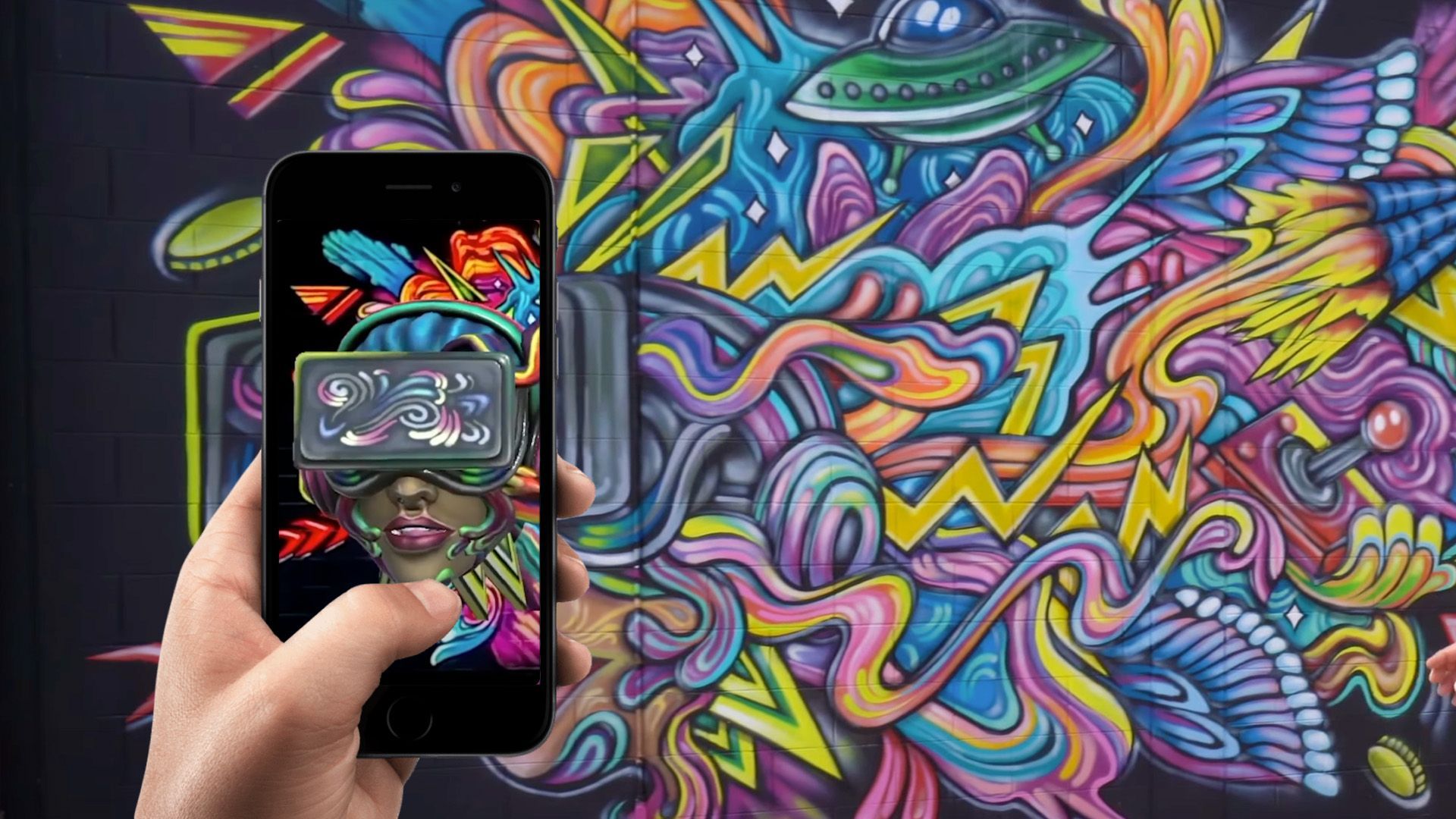

SUPPORT
Detroit
Saudi Arabia
BrandXR. All Rights Reserved. Website designed by Unleash Media.





